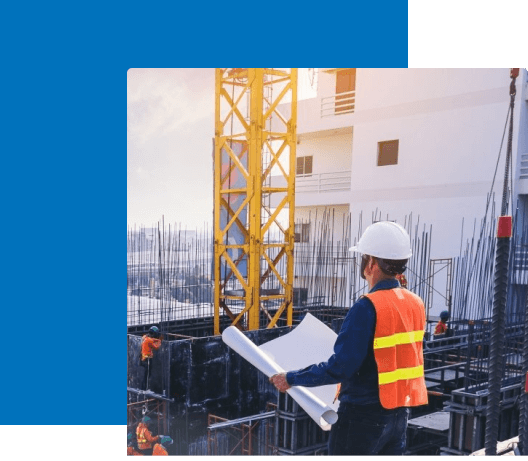Civil

A civil project typically involves the planning, design, construction, and maintenance of
infrastructure and structures that serve the needs of communities. Civil engineering projects
are diverse and can range from building roads and bridges to designing water supply
systems and constructing buildings. Here are some common types of civil projects and the
steps involved in their execution
Structural engineers analyse and design all types of structures, including buildings, bridges,
towers, marine structures, dams, tunnels and retaining walls. They’re focused on the materials
of construction and their ability to withstand various design loads. Structural engineers apply
Maths and Physics to materials such as concrete, stone, steel, timber and glass.
- Road Construction: Designing and constructing new roads or upgrading existing ones to improve transportation and connectivity.
- Bridge Construction: Building bridges to span across rivers, valleys, or other obstacles providing vital transportation links.
- Building Construction: Constructing residential, commercial, or industrial buildings, including the design and structural engineering aspects.
- Water Supply and Distribution: Designing and building water supply systems, including reservoirs, water treatment plants, and pipelines.
- Water engineering
- Construction and management engineering
- Structural engineering
- Geotechnical engineering
- Transport engineering
- Coastal engineering
Civil engineers design, construct, manage and maintain the infrastructure of modern society. Roads, railways,
tunnels, buildings, bridges, airports, mines, dams, ports and harbours, water supply and sewerage systems and
flood mitigation works are all shaped by civil engineers.
- Wastewater Treatment: Creating wastewater treatment plants and systems to manage and treat sewage and industrial effluents.
- Stormwater Management: Developing stormwater management systems to control runoff and prevent flooding.
- Airport Construction: Designing and building airports, runways, and related facilities to support air transportation.
- Railway Infrastructure: Building railway tracks, stations, and related infrastructure for efficient train transportation.
- Dam Construction: Constructing dams for water storage, flood control, and hydropower generation.
- With the world now aware of the challenging implications of climate change and population growth, structural engineers at UNSW are focusing on new and improved low-emission materials and full life cycle assessment of infrastructure including real-time monitoring and recycling of structures.
